There's been a lot of beauty tiktok trends out there that people will try in the name of clearer skin. Some of them aren't advisable to try, but skin cycling coined by dermatologist Dr. Whitney Bowe is actually pretty legit for glowing skin in general, and it may also help reduce acne and hyperpigmentation.
Some people who have acne or hyperpigmentation may bombard their skin with several treatments such as acne treatments, or acids and retinoids day after day which can actually irritate the skin. Doing so could worsen acne, and do the opposite of what we want our skincare products to do.
Here we'll break down what skin cycling is and the reason behind each step. Plus some tips to modify your skin cycling routine for acne prone skin.
What is Skin Cycling?
Skin cycling is a term that dermatologist Dr. Whitney Bowe coined in 2021, gaining popularity on tiktok. Skin cycling is a 4 day routine that cycles through different products per each day and giving your skin recovery days between your treatments.
@daiserz89 #duet with @e @banishacnescars #banishacnescars #fyp #AEJeansSoundOn #WorldPrincessWeek #skincycling #skincyclingroutine #skincycle @acnescartips ♬ original sound - e
The general skin cycling regimen per day is: Exfoliation, retinoid, recovery, recovery.
The idea is so that you are adding in recovery days for your skin in between treatments and you aren't overdoing treatments on a single day.
This can be beneficial for all skin types, but especially for acne and sensitive skin because exfoliation and retinol can be irritating. Irritated skin damages the skin barrier which can lead to more inflammation and acne breakouts.
The skin cycling routine is specially done only for the nightime routine too according to Dr. Whitney Bowe.
So during the day, keep it simple with a cleanser, an antioxidant serum like a vitamin c serum, moisturizer and sunscreen.
Night 1: Exfoliate
As mentioned earlier, stick to a basic routine during the day. In the evening, cleanse skin or double cleanse. Then use an AHA exfoliating product. Chemical exfoliation is better if you have acne prone skin as the physical abrasiveness can cause extra irritation and acne.
Don't use something that also contains retinol in it with your exfoliant as it can be too irritating for acne prone skin.
There's a lot of exfoliants out there, but we love the pumpkin enzyme masque because it smells amazing like fresh pumpkin pie, contains glycolic acid, doesn't dry out skin, and you only need to leave it on for about 10 minutes.
Next, you would simply moisturize with your favorite moisturizer. Yes, even if you have acne or oily skin you still need to moisturize!
Exfoliant: Pumpkin Enzyme Masque
Night 2: Retinoids
After cleansing, apply your retinol or retinoid product. Retinol is also another common ingredient that helps with hyperpigmentation, and may also help reduce acne.
The difference between retinoid and retinol is that retinoids are more potent and stronger compared to retinol because retinol needs to be converted by the body into the active ingredient called retinoic acid.
If you are just starting with a retinoid, you may want to start with a weaker retinol version that is found in over the counter skincare as your skin adjusts to it to avoid excessive irritation.
Remember, the key for skin cycling is to avoid over irritation and inflammation of the skin.
After applying your retinol, next you apply moisturizer. A great antioxidant based moisturizer is our Vitamin C Creme and contains a non-irritating form of vitamin c called ascorbyl palmitate plus other antioxidants and humectants such as glycerin.
There may be some information that you shouldn't combine vitamin c with retinol because the pH levels are different, but it is fine if you just wait about half hour which gives each ingredient plenty of time to be absorbed by the skin.
Modifying For Acne - Depending on your retinoid - if you are using a gentler version like retinol at a low percentage or your skin is already used to retinoids, you may want to extend your retinoid usage an additional night since it's great for reducing acne. Listen to your skin!
Recommended product: Retinol+Ceramide Serum
Night 3 & 4: Recover
During the recovery nights of skin cycling, this is when you give your skin a break and allow it to heal from potential irritation from exfoliating or retinol. Stick to a basic routine.
A recovery night may consist of cleansing or double cleansing with a gentle cleanser, using a gentle vitamin c serum. Vitamin c serums with very high concentrations can be irritating, and a moisturizer. The goal is to keep skin hydrated.
Don't use more acids like AHA/BHA, or treatments like benzoyl peroxide as they can all irritate skin.
After your skin recovery nights are over, then you start again at night 1.
Recovery
Vitamin C Creme Moisturizer During the morning and night.
Or Banish Serum
What If I Am Using Other Acne Treatments?
Benzoyl Peroxide
If you are using benzoyl peroxide as your main acne treatment and find that working for you, you can continue using it during night 1&2, but don't layer it together at the same time as your retinoid.
For example, use benzoyl peroxide once in the morning, and retinoid in the evening.
Sulfur
If you are using sulfur containing products like Banish's Fighter gel, you can actually use that product daily in your skin cycling routine for acne. Sulfur treatments are generally the most gentle for skin so they shouldn't cause extra irritation even on your recovery days.
Ingredients like sulfur, or other forms such as MSM can be used in either your morning or evening routine and can be part of your recovery day too.
Recommended Product: Banish Fighter Gel
Who Should Try Skin Cycling?
If you have acne prone and oily/combination skin, skin cycling can be beneficial for you. Regular exfoliating can help with keeping pores clear to prevent acne breakouts and exfoliation and retinol both help with the post acne hyperpigmentation marks.
Oilier skin types can also handle a little extra exfoliation better than other types.
However, you should use your best judgement and take things down a notch if you notice your skin is still reddish, dry, itching, or stinging even with the recovery days.
Acne prone skin tends to have inflammation as a base cause of it, so the redness, stinging are all signs of inflamed skin. Either try extending the recovery days in this case by 1-2 days or use a weaker exfoliating product or retinol.
In Conclusion
We believe that everyone's skin is different and there is no single 1 size fits all routine, but skin cycling is a great concept to show how overuse of treatments in our skincare can actually cause skin to be more inflamed, so we need to give our skin a break and time to recover much like the rest of our body.








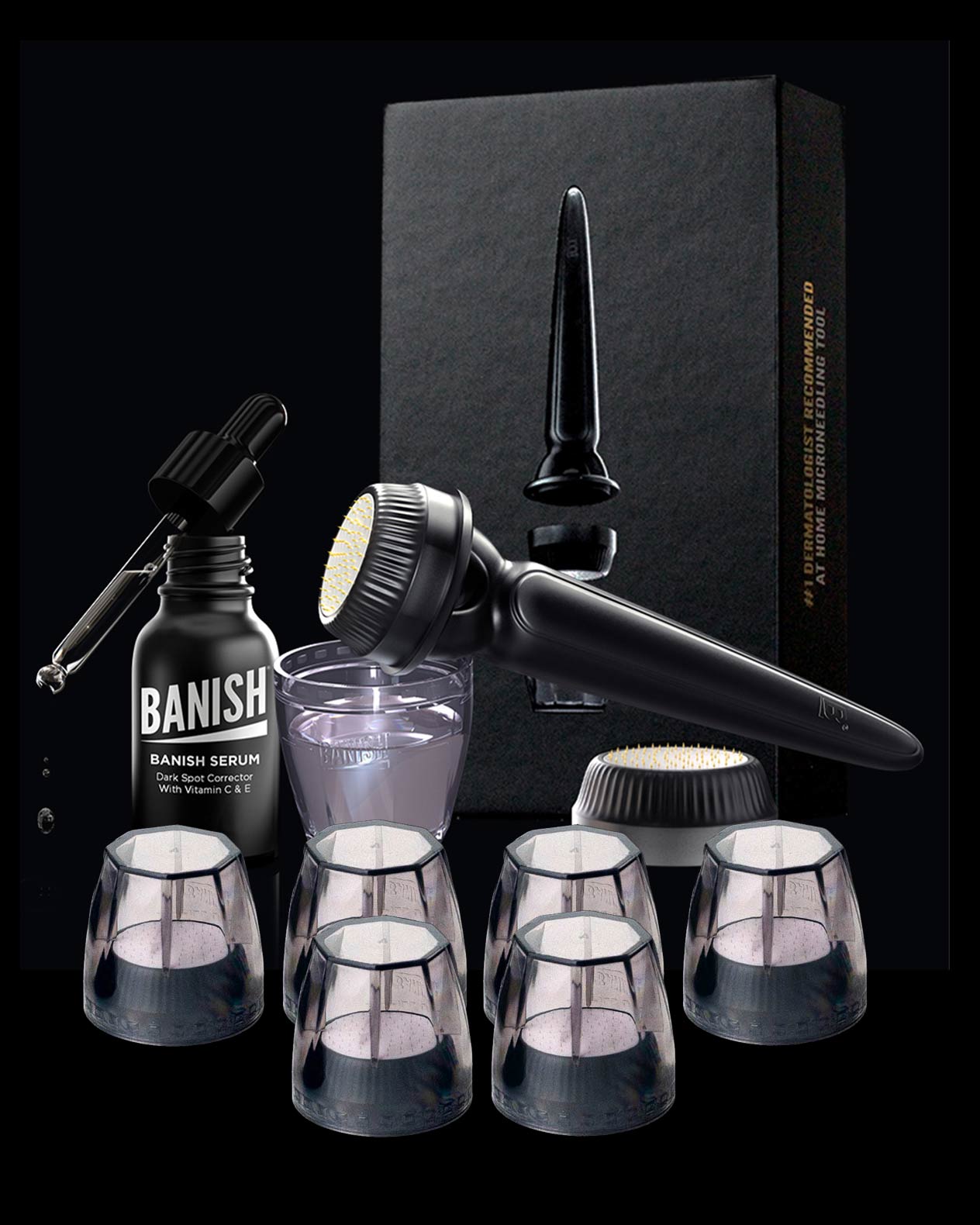



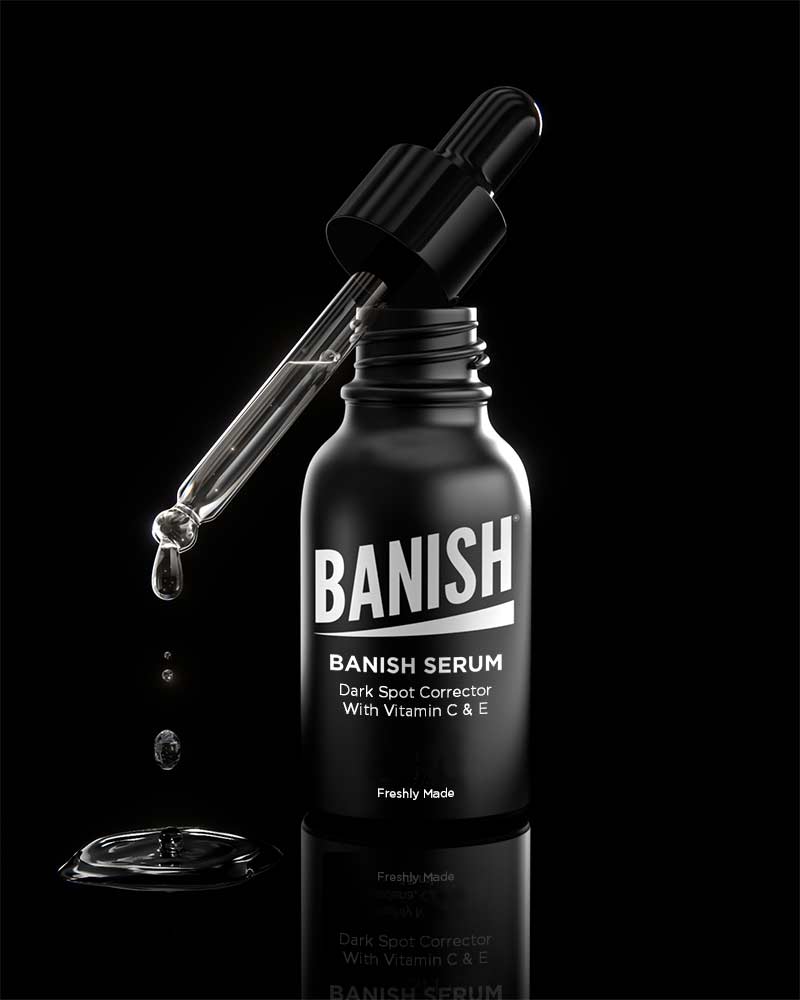




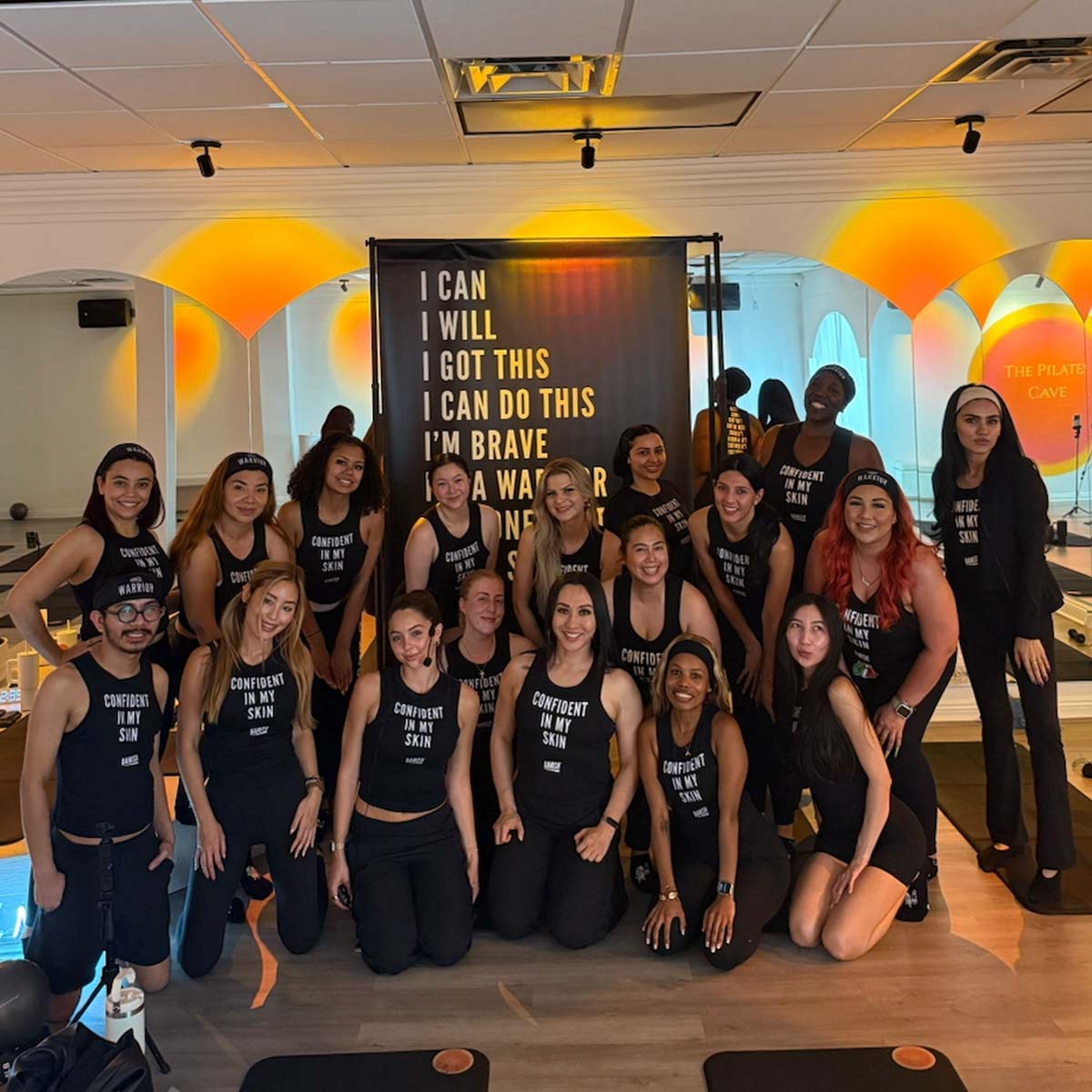

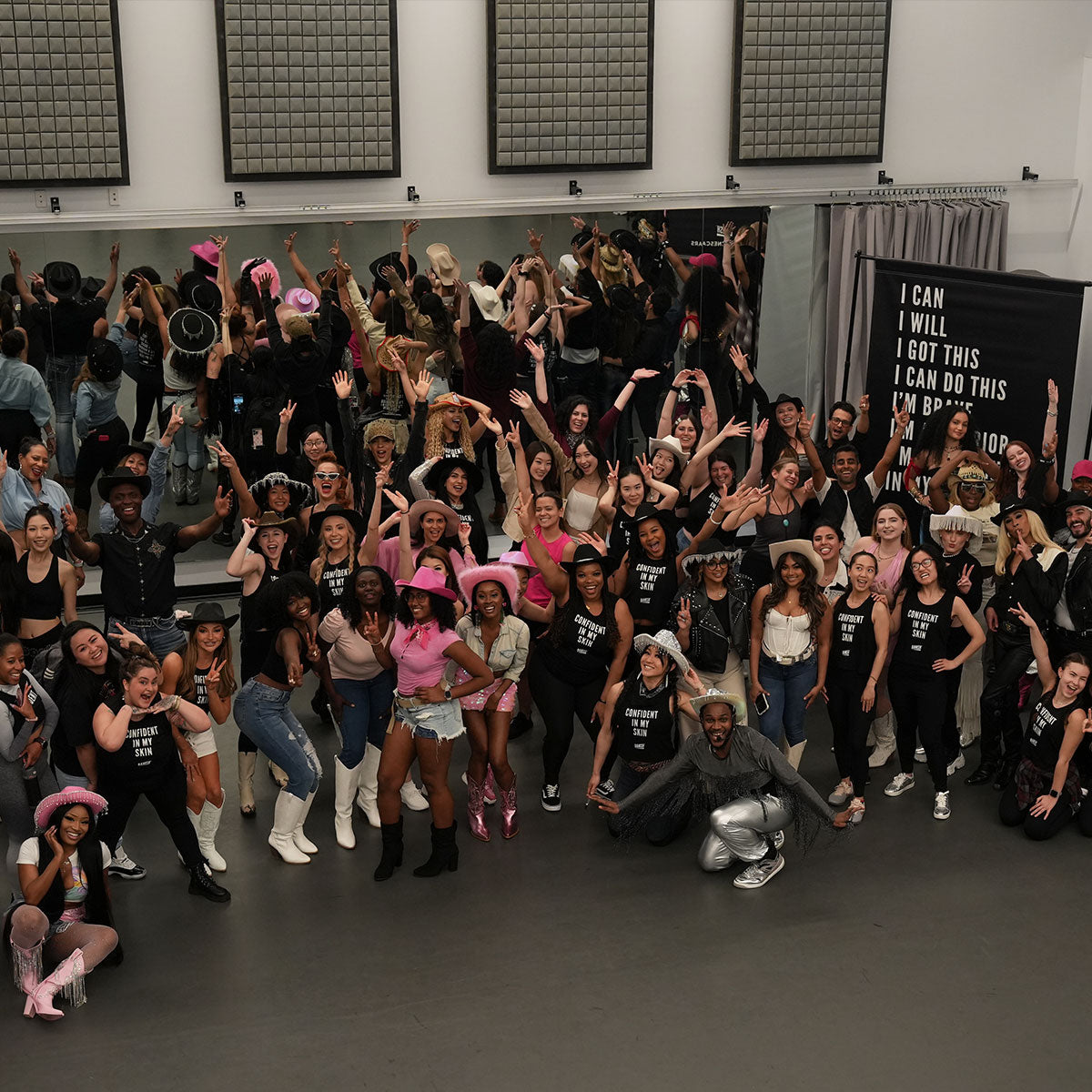



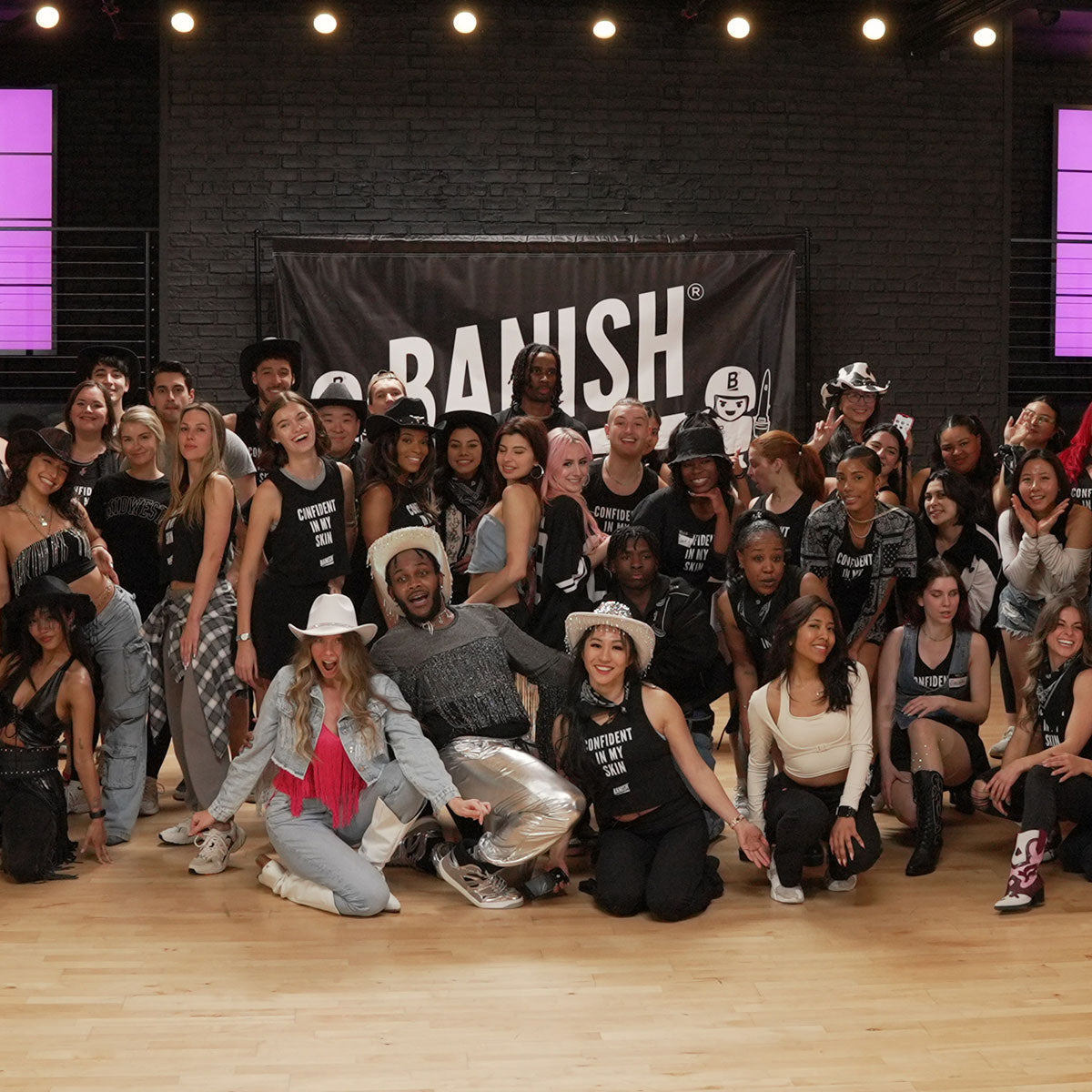


3 comments
Banish
@Joss, It would be best to use the Banisher on a night before your recovery so you can get a full recovery day.
Joss
Hi! I’m skin cycling and recently ordered the banisher 2.0. Since I have acne, I modified my routine per Dr. Bowe’s suggestion of cutting out one of the recovery nights and keep it to a 3-day skin cycle. How can I implement the banisher when I’m skin cycling? So in between what night should I use the banisher when the one time a week rolls around?
KW2
WOW!!! Thanks! I’ll try this method.
Leave a comment
All comments are moderated before being published.
This site is protected by hCaptcha and the hCaptcha Privacy Policy and Terms of Service apply.